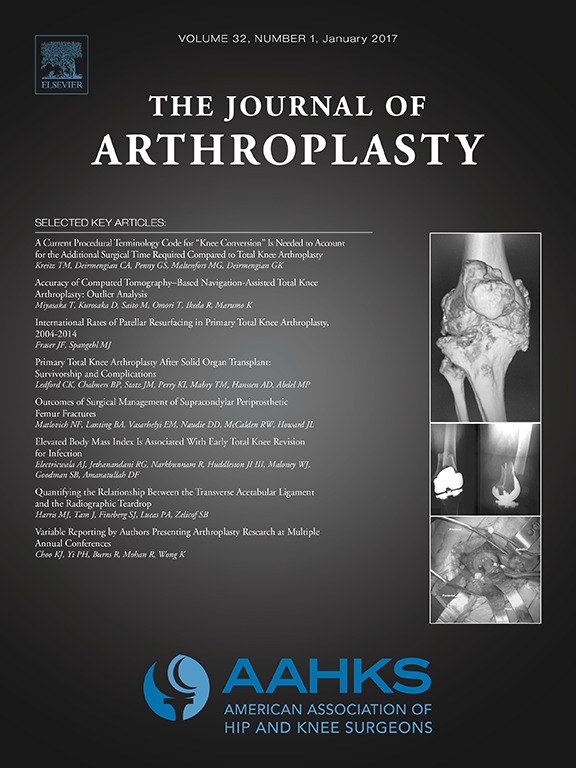
Classical and anatomical alignment techniques for robotic TKA provide similar outcomes .
A Comparison of Classical and Anatomical Total Knee Alignment Methods in Robotic Total Knee Arthroplasty: Classical and Anatomical Knee Alignment Methods in TKA
J Arthroplasty. 2013 Jun;28(6):932-7. doi: 10.1016/j.arth.2013.01.013. Epub 2013 Mar 27117 patients with knee osteoarthritis were randomized to undergo robotic total knee arthroplasty using either the classical or anatomical technique, the purpose of which was to compare the clinical and radiological outcomes of the two techniques. After 2 years of follow-up, results indicated that patients in both groups did not differ in range of motion (ROM), Hospital for Special Surgery (HSS), and Western Ontario and McMaster Universities (WOMAC) scores, mechanical axes, and varus and valgus laxities. Though, there were significant differences seen between groups for coronal alignments of the femoral and tibial components.
Unlock the Full ACE Report
You have access to 4 more FREE articles this month.
Click below to unlock and view this ACE Reports
Unlock Now
Critical appraisals of the latest, high-impact randomized controlled trials and systematic reviews in orthopaedics
Access to OrthoEvidence podcast content, including collaborations with the Journal of Bone and Joint Surgery, interviews with internationally recognized surgeons, and roundtable discussions on orthopaedic news and topics
Subscription to The Pulse, a twice-weekly evidence-based newsletter designed to help you make better clinical decisions
Exclusive access to original content articles, including in-house systematic reviews, and articles on health research methods and hot orthopaedic topics
































































